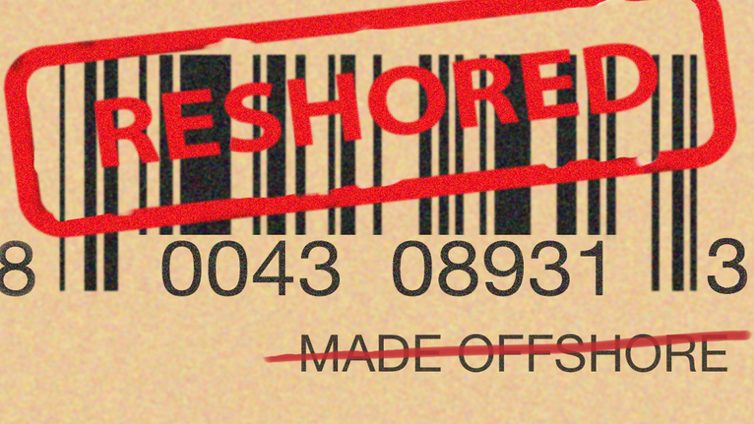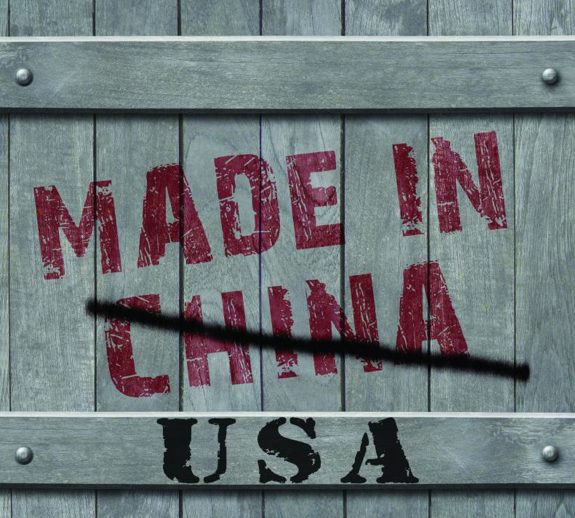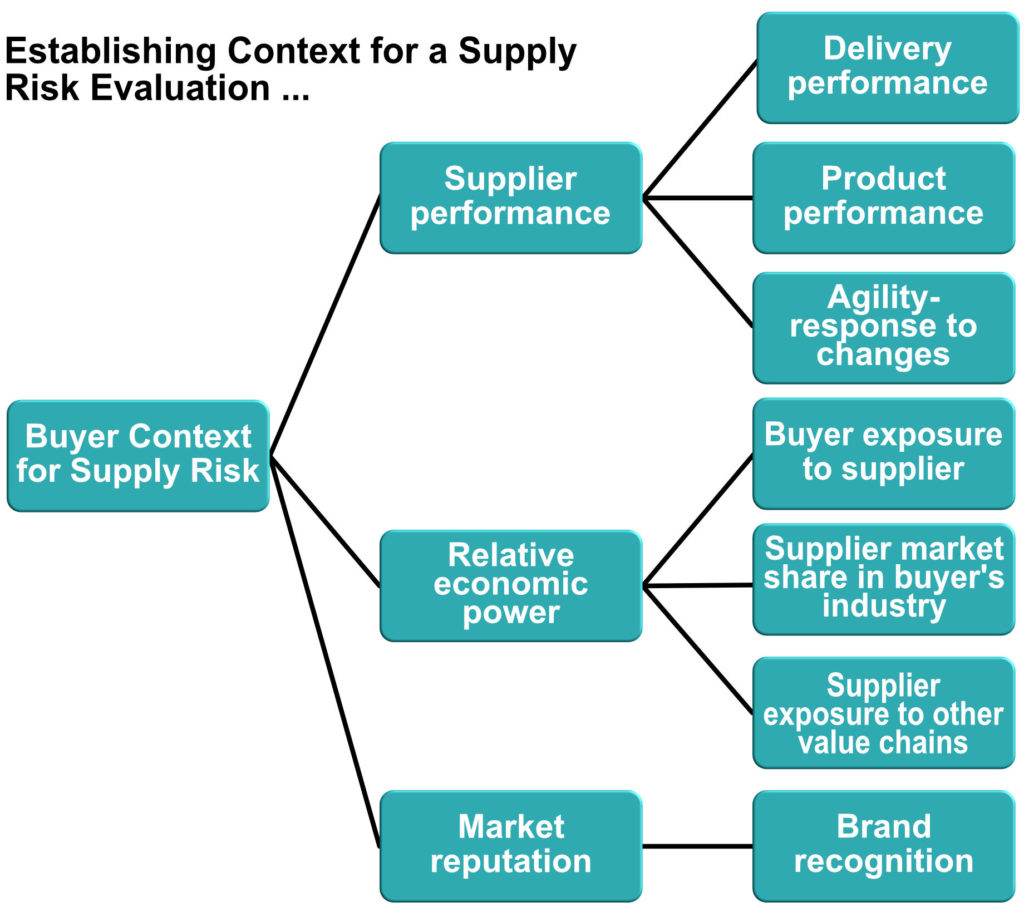Hopefully, the incidences of the Coronavirus will diminish while health professionals provide advice, recommendations, and avoidance behaviors needed to stay safe and healthy. The current rate of new incidences grows daily at this time.
Manufacturers are dealing with the fact that the virus has exposed the fact that many domestic (North American-based) manufacturers rely significantly upon China for fulfilling some, part, or nearly all, of their supply chain.
Taking Steps
Having relegated the supply chain to China for the better part of the past decade, some companies started taking steps last year to divest their over-reliance on Chinese parts. This was prompted by the trade war. Some companies shifted low-cost parts acquisition to Vietnam and others to Mexico.
In light of the virus and its unpredictable path, abatement, and potential resurgence in the fall, the questions of reshoring the supply chain are resurfacing as an alternative. Manufacturers who require, tubing, valves, hydraulic manifolds, molds, and CNC machined products are looking in their own backyard to solve for potential shortages in Q3 and Q4 2020.

Chinese manufacturing will not return to production capacity until Q3 2020 at the earliest. As a result, tier 1, 2, and 3 suppliers’ products will not arrive in the United States until end of Q4 2020 or Q1 2021. When North American manufacturers extend delivery times in excess of 16 weeks, orders will be canceled, reputations will be ruined, and alternative vendors selected for a very long time.

Developing domestic partnerships is the new reshoring. Customers, in most cases, are willing to pay a premium for on-time, as-promised delivery commitments. They understand that US manufacturers charge more for components and that the manufacturing vendor is working to make the best of a bad situation.
Step 1 of Domestic Reshoring:
Review the Bill of Materials and identify which parts numbers include elements from Asia. Review the current inventory levels and determine if there are enough stock levels to overcome production interruptions. This is antithetical to JIT (Just in Time) lean manufacturing; however, the crisis situation is going to take some extraordinary innovation.
Step 2 of Domestic Reshoring:
Identify local, regional, and national vendors who can supply the needed parts. Be honest and tell them the target price to hit to migrate orders away from China. Explain the intention to diversify the supply chain due to the Coronavirus.
Step 3 of Domestic Reshoring:
This becomes an opportunity for publicity about reshoring business to domestic manufacturers.
Supply chain diversification future-proofing manufacturers
Increasing choices in supply chain diversification makes a manufacturer more attractive for acquisition. When the reliance on foreign or single-source vendors is too high, the risk increases for late deliveries and upsetting customers with backorders. Acquirers are happiest when there is an abundance and flexibility throughout the supply chain.
Supply chain diversification is not a simple method of making suppliers compete with each other for the best price. It is more about preparing one’s supply chain to be flexible for any kind of problem that the market experiences, such as the current Coronavirus.

Simply having an abundance of suppliers does not mean that one has supply chain diversity. Each supplier must provide similar and/or equal products and be distinguishably competitive. The trade-offs between time and cost is the decision one must make.
In diversifying the supply chain for one’s products, it is also necessary to assist and educate the suppliers regarding expectations. Manufacturers seeking an acquirer should ensure that supplier diversity processes and procedures are well documented. This will include RFQs and purchase orders.
In the International market, import and export regulations can be a hurdle for finding the right suppliers. This is especially true for US businesses after 9/11. The extra time and money spent on certifying a supplier for regulations like C-TPAT is another trade-off that management must consider when diversifying their supply chain.

The hourly news updates with Coronavirus are a reality for all North American manufacturers and the public at large. Looking in one’s backyard for local vendors and suppliers is a wise alternative to keep order fulfillment on schedule throughout 2020. Reshoring is pragmatic; it is also a way to position a manufacturing operation for acquisition.

